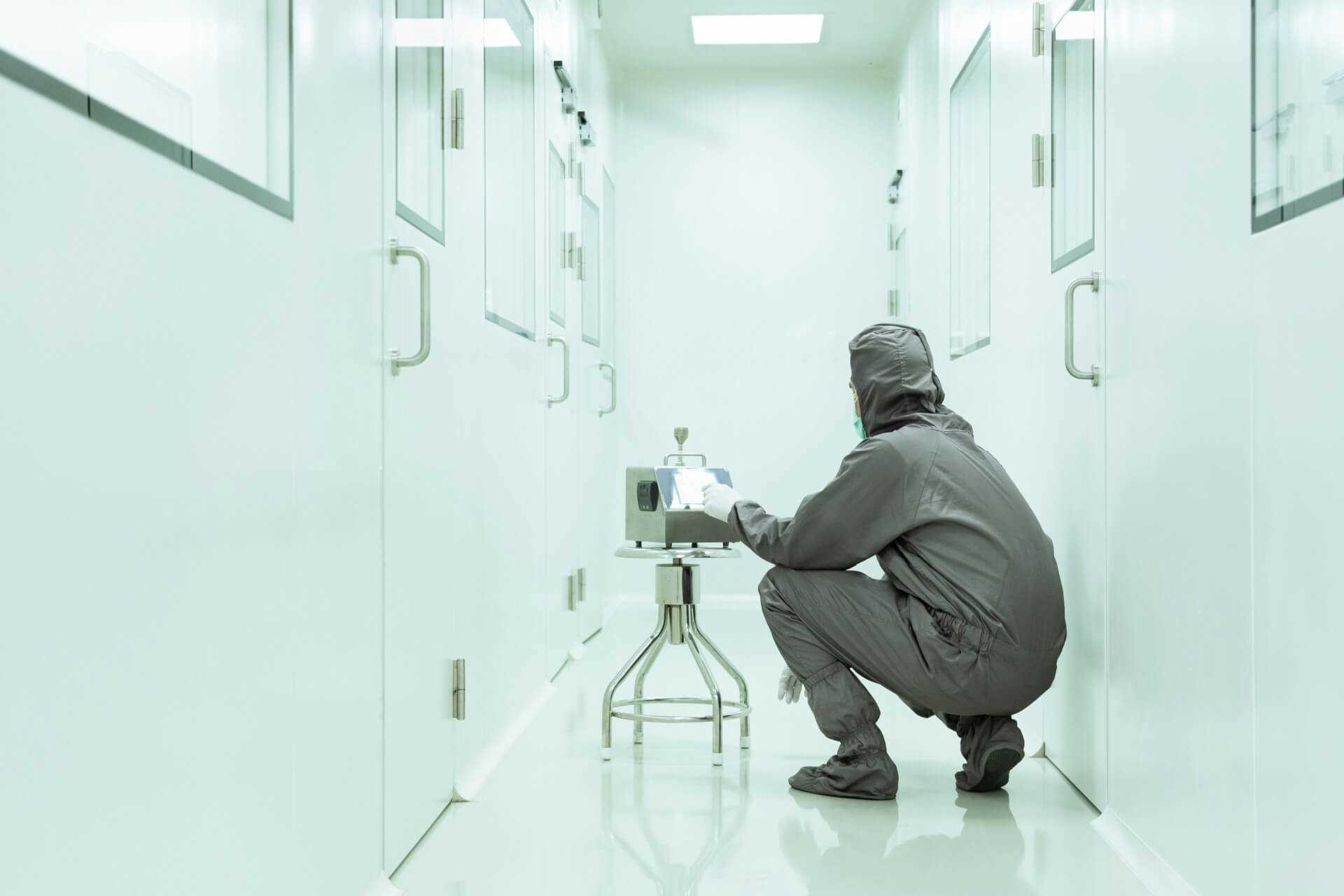
HVAC Systems in Cleanrooms: Design and Performance Requirements
HVAC (heating, ventilation, and air conditioning) systems are critical components of cleanroom design. HVAC systems in cleanrooms must maintain the required level of cleanliness, temperature, humidity, and air pressure to ensure a sterile and contaminant-free environment. HVAC system design and performance requirements vary depending on the industry and application.
Here are some essential HVAC system design and performance requirements for cleanrooms:
1. Air Filtration: The HVAC system in a cleanroom should include high-efficiency particulate air (HEPA) filters that remove particles as small as 0.3 microns. The filters should be designed to ensure that the air entering the cleanroom meets the required level of cleanliness.
2. Air Pressure: The HVAC system should maintain a positive air pressure within the cleanroom to prevent outside contaminants from entering the environment. The air pressure should be continuously monitored and maintained within the required range.
3. Temperature and Humidity Control: The HVAC system should maintain the required temperature and humidity levels within the cleanroom. The temperature and humidity should be continuously monitored and maintained within the required range.
4. Air Change Rate: The HVAC system should provide the required air change rate within the cleanroom. The air change rate is the number of times the cleanroom air is replaced in an hour. The air change rate should be continuously monitored and maintained within the required range.
5. Energy Efficiency: The HVAC system in a cleanroom should be designed to be energy-efficient. Energy-efficient HVAC systems can reduce energy costs, minimize environmental impact, and provide a more sustainable cleanroom environment.
6. Maintenance and Calibration: The HVAC system in a cleanroom should be regularly maintained and calibrated to ensure that it meets the required performance standards. Regular maintenance and calibration can prevent system failures, improve performance, and prolong the life of the system.
HVAC systems are critical components of cleanroom design. HVAC system design and performance requirements vary depending on the industry and application. A well-designed HVAC system should include air filtration, air pressure control, temperature and humidity control, air change rate, energy efficiency, and regular maintenance and calibration. Following these requirements can help ensure product quality, safety, and protect the health and safety of end-users.
